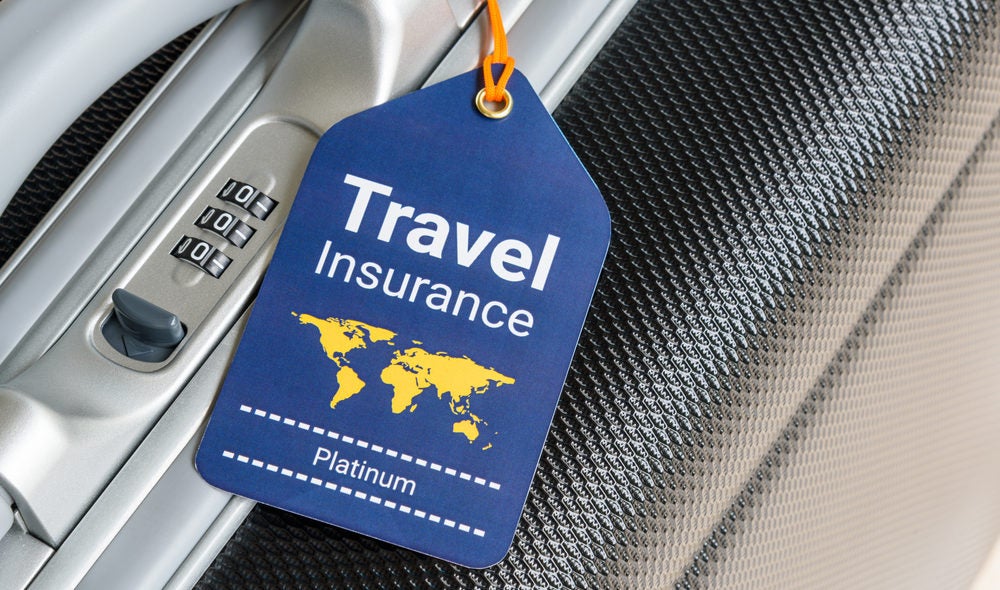Christy Rodriguez
Christy Rodriguez
Former Travel and Finance Content Contributor
86 Published Articles
Countries Visited: 36U.S. States Visited: 31
After having “non-rev” privileges with Southwest Airlines, Christy dove into the world of points and miles so she could continue traveling for free. Her other passion is personal finance, and is a cer...
Edited by: Keri Stooksbury
Keri Stooksbury
Editor-in-Chief
112 Published Articles 3840 Edited Articles
Countries Visited: 54U.S. States Visited: 28
Editing with Upgraded Points for over 6 years, as editor-in-chief, Keri manages the editorial calendar and oversees the efforts of the editing team and over 20 content contributors, reviewing thousand...
![An Introductory Guide to Travel Insurance [Policies, Common Exclusions & More]](https://upgradedpoints.com/wp-content/uploads/2020/03/Woman-with-passport-and-bag.jpg?auto=webp&disable=upscale&width=1200)




![The Ultimate Guide to Buying the Best Travel Insurance [For You]](https://upgradedpoints.com/wp-content/uploads/2018/09/Travel-insurance-tag-on-luggage.jpg?auto=webp&disable=upscale&width=1200)

![The Best Travel Insurance Companies for All Travelers [2024]](https://upgradedpoints.com/wp-content/uploads/2019/01/Map-passport-credit-card-phone.jpg?auto=webp&disable=upscale&width=1200)
![The 7+ Best Credit Cards for Travel Accident Insurance [2025]](https://upgradedpoints.com/wp-content/uploads/2023/06/Amex-Green-Amex-Business-Platinum-Chase-Ink-Business-Preferred-Chase-Sapphire-Preferred-Upgraded-Points-LLC-Large.jpg?auto=webp&disable=upscale&width=1200)